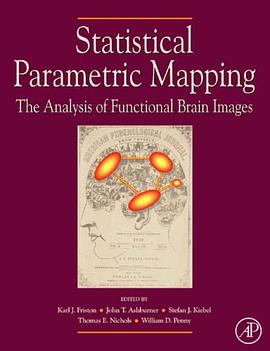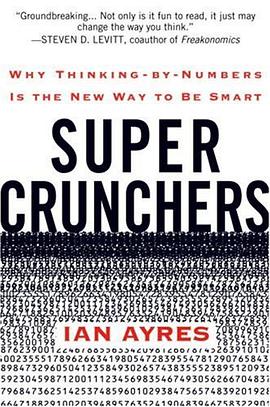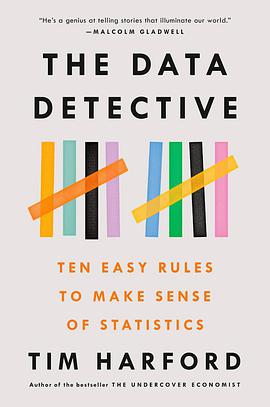From “one of the great (greatest?) contemporary popular writers on economics” (Tyler Cowen) comes a smart, lively, and encouraging rethinking of how to use statistics.
Today we think statistics are the enemy, numbers used to mislead and confuse us. That’s a mistake, Tim Harford says in The Data Detective. We shouldn’t be suspicious of statistics—we need to understand what they mean and how they can improve our lives: they are, at heart, human behavior seen through the prism of numbers and are often “the only way of grasping much of what is going on around us.” If we can toss aside our fears and learn to approach them clearly—understanding how our own preconceptions lead us astray—statistics can point to ways we can live better and work smarter.
As “perhaps the best popular economics writer in the world” (New Statesman), Tim Harford is an expert at taking complicated ideas and untangling them for millions of readers. In The Data Detective, he uses new research in science and psychology to set out ten strategies for using statistics to erase our biases and replace them with new ideas that use virtues like patience, curiosity, and good sense to better understand ourselves and the world. As a result, The Data Detective is a big-idea book about statistics and human behavior that is fresh, unexpected, and insightful.
"[Harford] expertly guides us through the many ways in which data can trick us….Though numbers are at the core of The Data Detective, it’s emotion that wields … power, affecting not only how we respond to data but also how we absorb it in the first place." —The Wall Street Journal
"The Data Detective is sure to be another success from Harford, and is a powerful tool, especially in the current climate, one that will give readers the confidence to delve into data and statistics in a new and meaningful way." —Booklist
"One of the most wonderful collections of stories that I have read in a long time... fascinating." —Steve Levitt, co-author of Freakonomics
"Few people write about social science with the clarity and wit of Tim Harford. If you’re staggered by statistics or daunted by data, this entertaining romp of a book is essential reading.” —Daniel H. Pink, author of When and Drive
"Nobody makes the statistics of everyday life more fascinating and enjoyable than Tim Harford." —Bill Bryson, author of The Body
“Tim Harford is one of the finest writers of nonfiction. This is another brilliant read: wise, humane, and above all illuminating. Nobody is better on statistics and numbers – and how to make sense of them.” —Matthew Syed, author of Rebel Ideas
“An immensely enjoyable guide to using statistics. I loved it.” —Matt Parker, author of Humble Pi
“We are supremely lucky to have the fabulously readable, lucid, witty, and authoritative Tim Harford to remind us why fact, reason, numbers, clarity, and truth matter, how beautiful they are and how crucial to our understanding of the natural world and human society. Every politician and journalist should be made to read this book.” —Stephen Fry
"In The Data Detective, Tim Harford continues to amuse and instruct the reader with deceptively profound and broad statistical intuition and wisdom. He finds historical precedent for our modern mistakes that are delightful and enlightening and serve to make us hopeful rather than despairing about our future—a feat in itself." —Cathy O’Neil, author of Weapons of Math Destruction
"Thanks to Tim Harford's characteristic wit and magnetic storytelling, you may not realize you're getting an advanced course in how to understand the kind of statistics we're all faced with every day. The Data Detective is certainly a fun book to read, but it's also a genuinely important one." —David Epstein, author of Range
"Tim Harford is a brilliant guide to a world that we humans often find overwhelming and intimidating: the world of data. This entertaining, engrossing book about the power of numbers, logic, and genuine curiosity has, in Harford's own words, 'awakened my sense of wonder' about the beauty of statistics." —Maria Konnikova, author of The Biggest Bluff
"Characteristic lucidity, concealed intellectual depths, wry humour—and a big unifying idea—from one of our finest economic and statistical communicators" —The Independent



